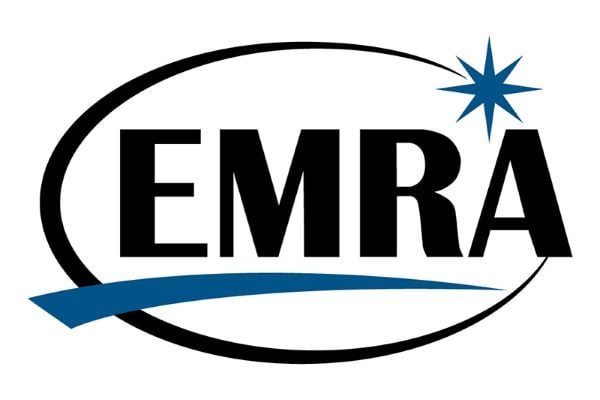Navigating the Future: Financial and Political Barriers for Marginalized IMGs
Navigating the Future: Financial and Political Barriers for Marginalized IMGs in Emergency Medicine
Kwame Bell, MS-3
Ross University School of Medicine
EMRA MSC International Representative
As we look toward the future of emergency medicine, we must address mounting challenges faced by U.S. international medical students (IMGs), particularly those from low-income, black, female, and LGBTQ+ communities. The confluence of shifting financial aid policies, rising tuition, and immigration uncertainty is creating new barriers in an already complex path.
In 2026, federal reforms will phase out the Graduate PLUS Loan for new graduate students, capping Direct Unsubsidized Loans at $50,000 per year and $200,000 lifetime—a drastic limitation given the average U.S. medical education now exceeds $250,000.(1) For IMGs, especially those not eligible for federal aid, this intensifies dependence on private loans, which often require co-signers and lack protections like income-driven repayment.(2,3)
Compounded by systemic inequities, these changes disproportionately affect marginalized groups who often lack intergenerational wealth and access to financial networks. For aspiring EM physicians navigating visa restrictions, institutional bias, and a fiercely competitive Match, financial instability can derail or defer careers entirely. (4)
Furthermore, broader political pressures—immigration caps, anti-LGBTQ+ policies, and constrained residency funding—threaten to deepen disparities in emergency medicine representation. (5)
EMRA and partnering institutions must act: expanding IMG-friendly scholarships, revising aid models, and providing targeted mentorship. A diverse EM workforce is essential to serving our communities. To ensure access and equity, we must confront these systemic shifts head-on.
References
- One Big Beautiful Bill Act and Financial Aid Changes. UIC College of Medicine. Published 2024.
- Association of American Medical Colleges. Medical student education: Debt, costs, and loan repayment fact card. AAMC; 2023.
- White Coat Hub. What med students need to know about new loan caps. Published 2024.
- Emeagwali N, et al. The double jeopardy of international, underrepresented-in-medicine students. Acad Med. 2023;98(12):1580-1585.
- American Medical Association. Proposed changes to federal loans could worsen doctor shortage. AMA; 2024.
Related Content

Aug 25, 2017
Your Home
The Emergency Medicine Residents' Association EMRA is the voice of emergency medicine physicians-in-training and the future of our specialty and the largest and oldest independent resident organization in the world. EMRA was founded in 1974 and today has a membership over 18,000 residents, medical students, and alumni.





